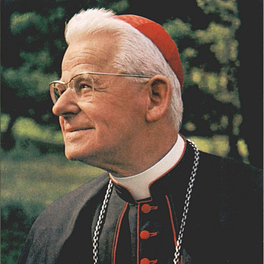
Cardijn Reflections
Inspiring reflections based on the writings of Joseph Cardijn, founder of the Young Christian Workers (YCW)
By registering you agree to Substack's Terms of Service, our Privacy Policy, and our Information Collection Notice

Inspiring reflections based on the writings of Joseph Cardijn, founder of the Young Christian Workers (YCW)